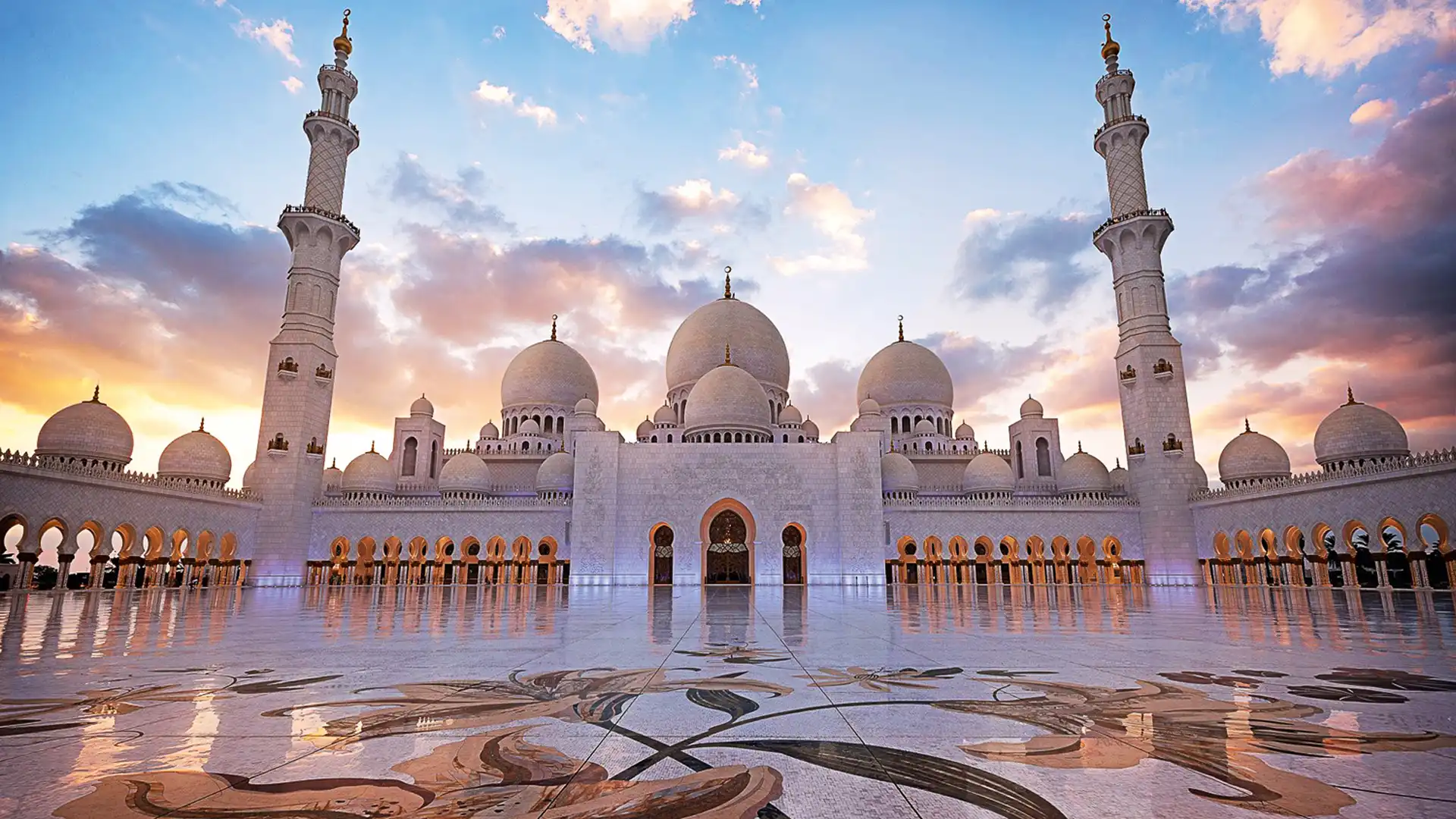Asia, the largest continent on Earth, is a land of incredible diversity and vibrant cultures. It stretches all the way from the icy expanses of Russia in the north to the sunny islands of Indonesia in the south.
Home to over 4 billion people, Asia is a tapestry of languages, religions, and traditions. China, with its bustling cities like Beijing and Shanghai, is known for its rich history and modern advancements.
India, another populous country, captivates with its colourful festivals, like Diwali, and famous landmarks like the Taj Mahal in Agra.
The continent is also known for its breathtaking natural landscapes. The towering Himalayas, which include Mount Everest, the world's highest peak, span several countries including Nepal and Bhutan.
In Southeast Asia, countries like Thailand, Vietnam, and Malaysia are famous for their tropical beaches and delicious cuisine. The vibrant city of Bangkok, the serene Halong Bay in Vietnam, and the bustling markets of Kuala Lumpur in Malaysia are just a few highlights.
Japan and South Korea, located in East Asia, are known for their blend of tradition and cutting-edge technology. Tokyo, Japan's bustling capital, is a hub of technology and fashion, while the historic city of Kyoto is filled with ancient temples and gardens.
South Korea's capital, Seoul, is a dynamic city known for its pop culture and historic sites like Gyeongbokgung Palace. Across the continent, from the deserts of the Middle East to the islands of the Philippines, Asia's vast array of cultures, landscapes, and experiences make it a fascinating region to explore.

When considering the best time to visit Asia, it's crucial to take into account the diverse climates across the continent. Generally, spring (March to May) and autumn (September to November) are ideal for most destinations. During these seasons, you'll encounter pleasant weather, making it comfortable for outdoor exploration.
For those interested in cultural experiences, timing your visit to coincide with special occasions and festivals can add an extra layer of excitement. In India, the celebration of Diwali, the Festival of Lights, in late October or early November offers a vibrant spectacle of illuminated streets and traditional rituals. In Thailand, the Songkran Festival in April marks the Thai New Year with spirited water fights and religious ceremonies.
If you're drawn to the lush landscapes of Southeast Asia, consider visiting during the annual Loy Krathong festival in Thailand, usually in November. This enchanting event involves floating decorative offerings on water, creating a breathtaking scene of candlelit rivers and lakes. In Japan, the cherry blossom season in April is a magical time when parks and gardens burst into a sea of delicate pink blossoms, making it an ideal season for a visit.
Central Asia: Central Asia is a vast and culturally rich region, often referred to as the "heart of Asia." This region is known for its nomadic traditions, historical Silk Road routes, and stunning landscapes. Tourists can explore the ancient cities of Samarkand and Bukhara in Uzbekistan, marvel at the natural beauty of Lake Issyk-Kul in Kyrgyzstan, and experience the unique culture of the Pamir Mountains in Tajikistan.
Northern Asia: North Asia, also known as Siberia, is characterized by its vast expanses of wilderness, including the Siberian taiga and tundra. One of the most famous attractions here is Lake Baikal in Russia, the world's deepest freshwater lake. Visitors can also enjoy the vibrant city life of Moscow and St. Petersburg, explore the historic Trans-Siberian Railway, or go wildlife spotting in Kamchatka.
Eastern Asia: East Asia is a dynamic and diverse region that includes countries like China, Japan, and South Korea. The Great Wall of China is an iconic tourist attraction, offering a glimpse into China's rich history. Japan boasts the historic city of Kyoto with its beautiful temples, while Tokyo showcases futuristic technology and vibrant street life. South Korea offers a mix of ancient palaces, modern skyscrapers, and natural beauty in places like Jeju Island.
Southern Asia: South Asia is known for its incredible cultural diversity and historical sites. India is a treasure trove of attractions, including the Taj Mahal in Agra, the bustling streets of Delhi, and the spiritual city of Varanasi along the Ganges River. In Nepal, the Himalayas beckon trekkers, and Bhutan offers a unique blend of tradition and pristine landscapes. Sri Lanka boasts ancient cities like Anuradhapura and the stunning beaches of the southern coast.
Western Asia: West Asia, also known as the Middle East, is a region steeped in history and culture. Visitors can explore the ancient city of Petra in Jordan, a UNESCO World Heritage site carved into rose-red cliffs. The historic cities of Istanbul in Turkey and Jerusalem are hubs of religious and cultural significance. Dubai in the United Arab Emirates offers modern extravagance with its towering skyscrapers and luxurious resorts.
These regions collectively showcase the incredible diversity of Asia, from its natural wonders to its historical and cultural gems, making it a fascinating continent to explore.